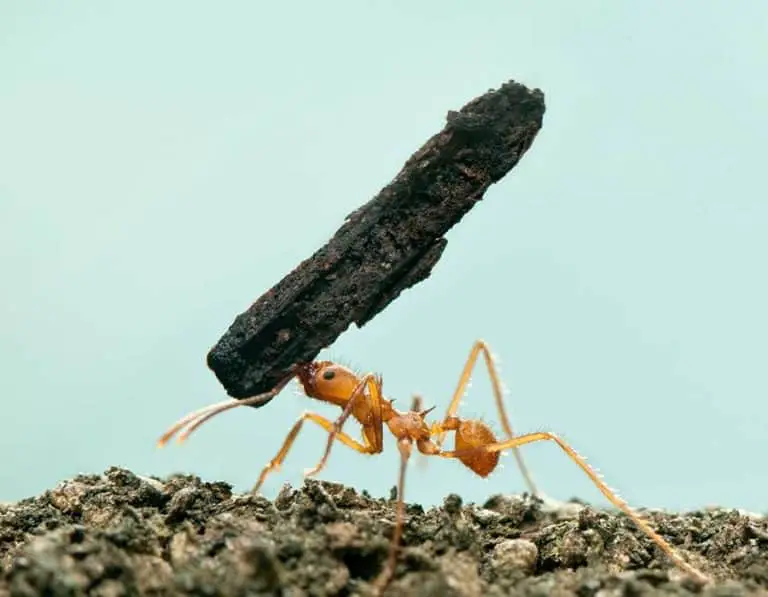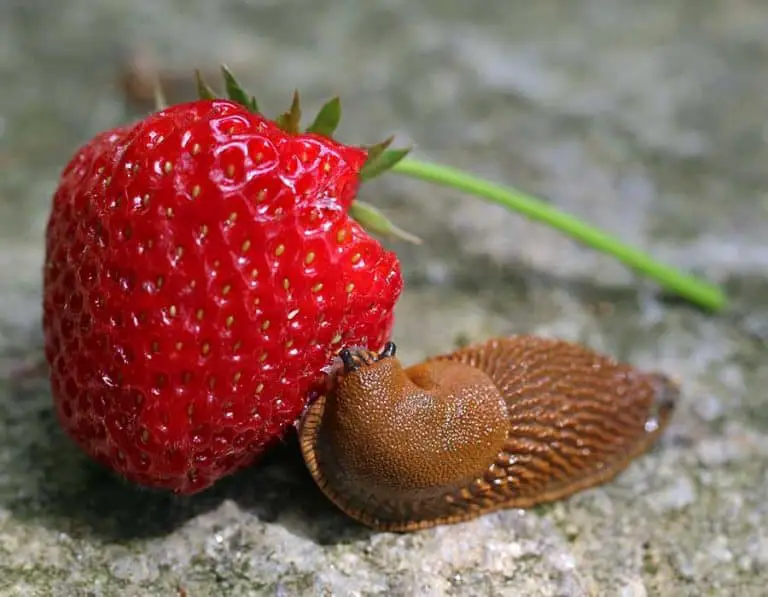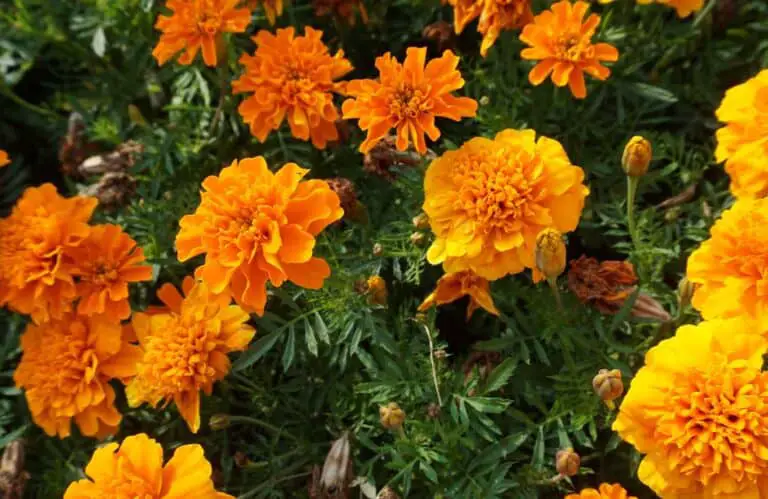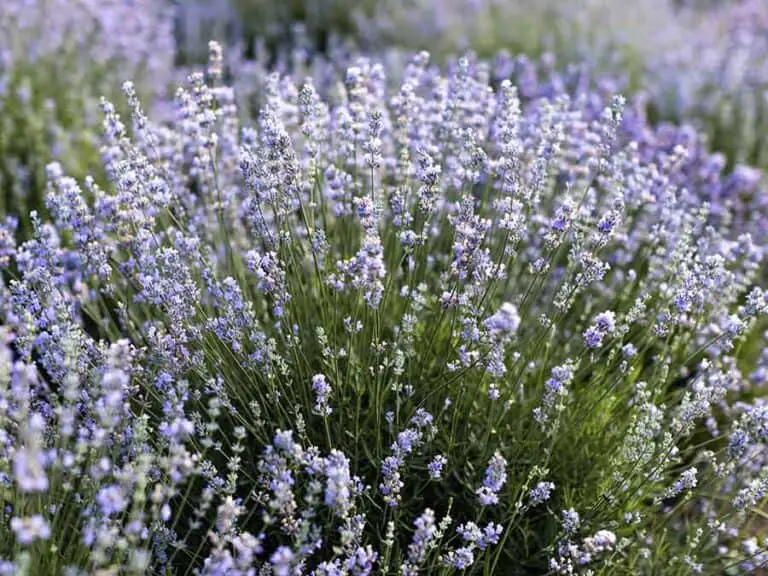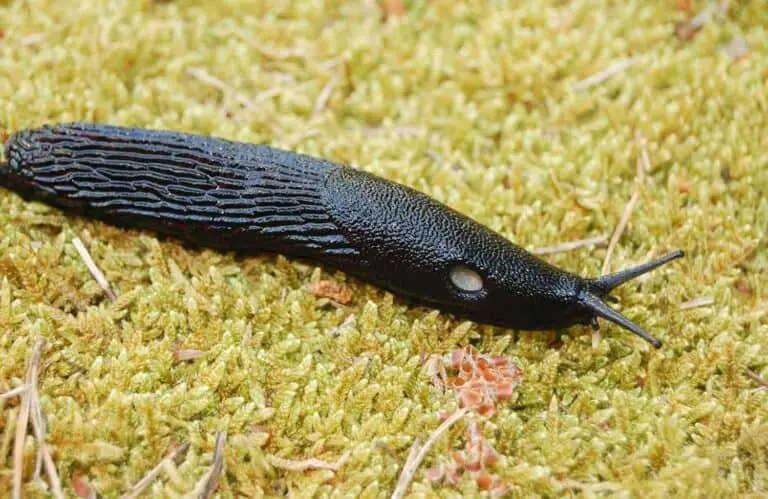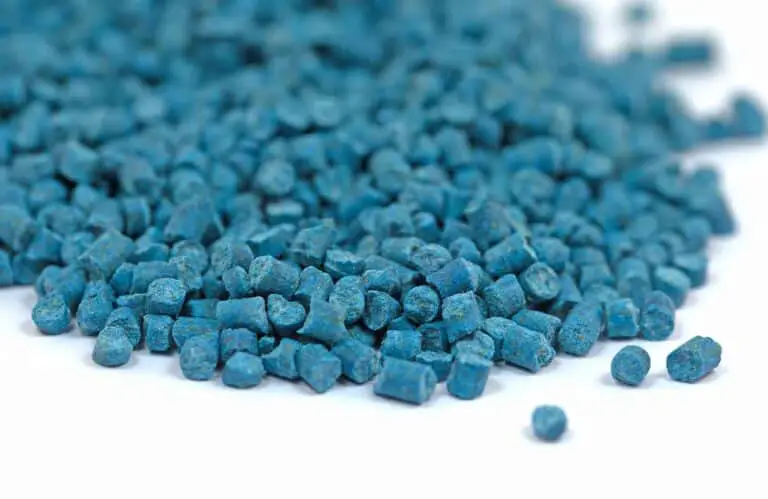What are Spanish Slugs and How to Control Them: Best Methods
Spanish slugs (Arion vulgaris) are an invasive species of slug originally native to the Iberian Peninsula. They have become a widespread problem in many European countries due to their rapid reproduction and voracious appetite for various plants. These slugs cause significant damage to gardens, crops, and native ecosystems, making them a real concern for gardeners, farmers, and environmentalists alike.
Controlling the population of Spanish slugs is essential to minimize their impact on both cultivated and natural habitats. There are several methods available to help manage their numbers, ranging from physical barriers and organic remedies to commercial slug control products. By implementing these strategies, it is possible to reduce the negative effects caused by this invasive species and protect our gardens and ecosystems from their destructive feeding habits.
In the following article, we will discuss in detail the characteristics of Spanish slugs, how they spread and the various methods for controlling their population effectively. This information aims to assist those dealing with these pests in finding the most suitable solution for their specific situation and ultimately contributing to the preservation of our environment.
What Are Spanish Slugs
Physical Characteristics
Spanish slugs (Arion vulgaris) are a species of terrestrial slug known for their aggressive nature and large size. Adult Spanish slugs can grow up to 15 cm (6 inches) in length, and they possess a distinct gray, brown, or yellowish coloration with black bands or spots on their body.
Habitat and Range
Originally native to the Iberian Peninsula, Spanish slugs have spread throughout Europe and into parts of Asia. They are primarily found in moist environments such as gardens, forests, and marshy areas, where they hide during daytime hours and emerge at night to forage for food.
Their preference for damp conditions is in part due to their requirement for maintaining high levels of moisture in their bodies, which can become compromised in arid environments. Consequently, they have become more prevalent in areas experiencing increased human activity, such as urban and suburban gardens that provide a constant source of water and food.
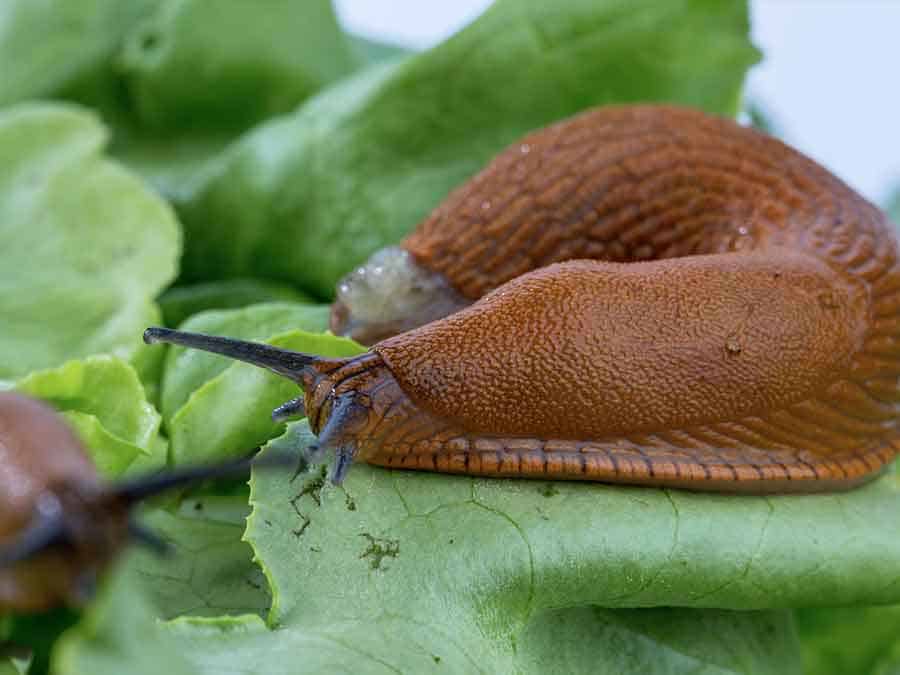
Problems Caused by Spanish Slugs
The Spanish slug, or Arion vulgaris, is a nuisance invasive species that causes several problems in the areas where they are present. These problems include damage to plants, threatening biodiversity, and posing significant impacts on agriculture.
Damage to Plants
Spanish slugs have a voracious appetite and feed on many different types of plants, including vegetables and ornamental plants. This can lead to defoliation or even death of the plants, resulting in reduced aesthetic quality, especially in gardens.
Furthermore, their consumption of plant matter contributes to further consequences, such as:
- Reduced plant growth
- Decreased crop yield
- Increased susceptibility to plant diseases
Threat to Biodiversity
Being an invasive species, Spanish slugs pose a significant threat to local biodiversity by outcompeting and displacing native slug species due to their high adaptability and reproductive abilities.
Additionally, they can act as a reservoir for various parasites which can infect both native and imported slugs, causing their populations to decline further. This imbalance in the ecosystem can lead to a ‘domino effect,’ negatively affecting other organisms within that ecosystem.
Impact on Agriculture
Spanish slugs not only pose a challenge to small-scale gardens but also have the potential to wreak havoc on agriculture. Their relentless feeding habits can lead to:
| Impact | Consequence |
| Decreased crop yield | Reduced availability of food products |
| Increased use of pesticides and molluscicides | Increased cost of production and potential environmental harm |
| Contamination of harvested crops | Lowered food quality and potential health risk |
The economic and environmental repercussions resulting from Spanish slug infestations in agricultural settings underscore the importance of finding effective methods to control their populations.
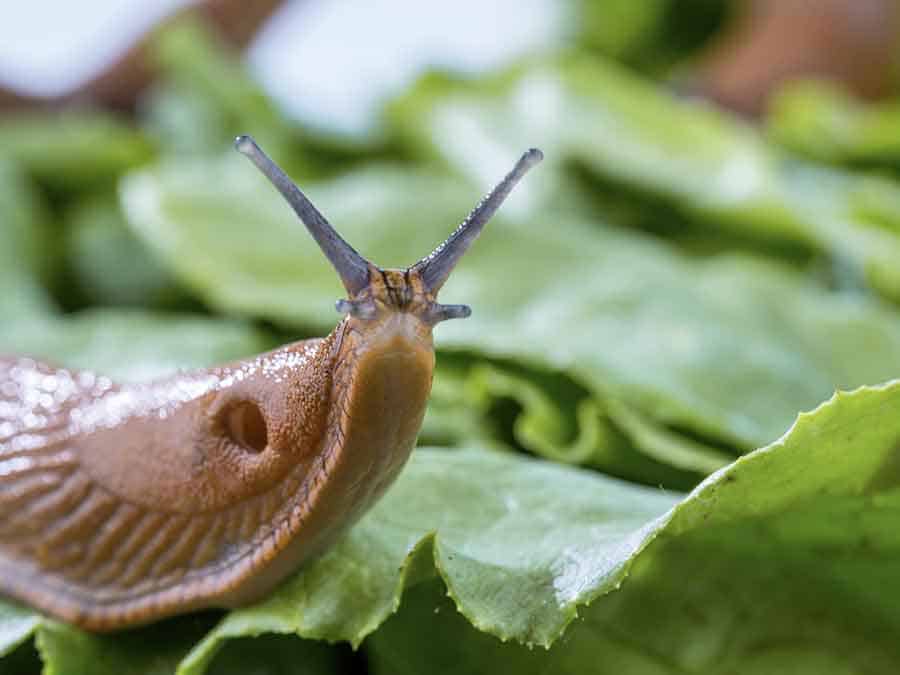
How to Control Spanish Slugs
Natural Predators
One effective way to control Spanish slugs is by encouraging their natural predators. These include:
- Hedgehogs
- Frogs and toads
- Ground beetles
- Birds (such as blackbirds and thrushes)
Attract these predators to your garden by providing suitable habitats, like log piles or ponds, to help reduce slug populations.
Environmentally Safe Chemical Solutions
Several chemical solutions can be used to control Spanish slugs without negatively impacting the environment:
- Iron phosphate-based slug pellets
- Nematodes (microscopic worms) that target slugs
Use these solutions according to manufacturers’ instructions and avoid overusing them to prevent negative side effects on other organisms.
Physical Barriers and Traps
Creating physical barriers and employing traps can help reduce slug populations. Some options include:
- Copper tape or mesh
- Beer traps
- Crushed eggshells or diatomaceous earth
Ensure that these barriers and traps are regularly monitored and maintained for optimal effectiveness.
Garden Maintenance and Prevention
Keep your garden clean and well-maintained to limit suitable habitats for Spanish slugs. This involves:
- Regularly removing plant debris and fallen leaves
- Watering plants early in the morning rather than late in the evening
- Using raised beds to separate plants
Community Efforts and Education
Collaboration among neighbors within a community is essential to control Spanish slug populations. Spread awareness by:
- Sharing information about slug biology and behavior
- Organizing local workshops on slug management
- Encouraging preventative measures and monitoring in gardens
Conclusion
Spanish slugs (Arion vulgaris) are an invasive species in many countries, causing damage to agriculture and gardens. They can reproduce at a fast rate and adapt well to various environments.
Controlling their population can be achieved through various methods such as:
- Manual removal, which involves hand-picking the slugs
- Using natural predators like toads and birds
- Applying barriers of copper, wood ash, or diatomaceous earth
- Using traps filled with bait, like beer or slug pellets
It is important to maintain regular monitoring and apply these methods consistently for effective control of Spanish slugs. Reducing their numbers not only protects plants and crops but also helps preserve the delicate balance of the native ecosystem.

